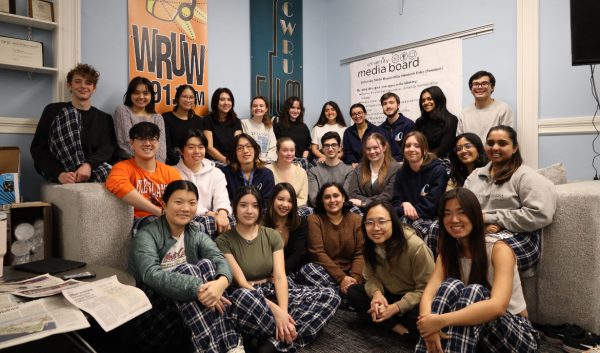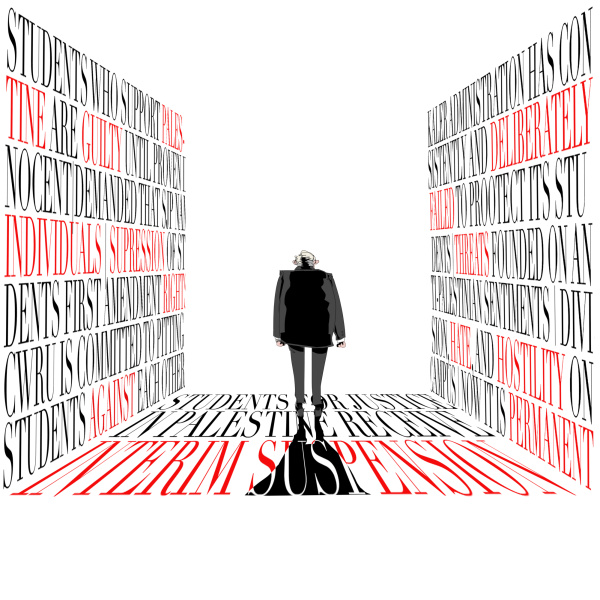Editorial: Give us space
What does the concept of “safe spaces” mean to you?
To the University of Chicago’s Dean John “Jay” Ellison, safe spaces allow students to be ignorant, rather than open-minded. They allow students to avoid conversations that cause discomfort. They prevent intellectual debate because individuals in the room are afraid to speak freely without hurting someone else. As the dean said in a welcome letter to the incoming class: “…we do not condone the creation of intellectual ‘safe spaces’ where individuals can retreat from ideas and perspectives at odds with their own.”
But it’s safe to say that we believe our Case Western Reserve University community benefits from safe spaces.
There are many definitions of a “safe space.” One such definition is seen all over CWRU’s campus: the LGBT center, the Office of Multicultural Affairs (OMA), the Geller Hillel Student Center, the Flora Stone Center for Women. All of these physical spaces exist so that students have a place they can retreat to. A lot of people would argue that these spaces are mostly for marginalized populations, but majority populations also have their safe spaces. Whether it be finding seclusion in the library or in one of our ignored arts buildings on campus, we all need a spot free of judgment.
But perhaps this national debate is about the other aspect of safe spaces—the one where we are sitting in the same room with people of extremely different experiences. The one where there are heavy topics being discussed, where individuals from different backgrounds sit face-to-face and are asked to see eye-to-eye.
In an article by Brian Arao and Kristi Clemens titled “From Safe Spaces to Brave Spaces,” the authors share an instance in which they tried an activity that physically separated individuals in the room by their social standing in society. Those of the majority mostly ended up standing at the front, while students from minority populations mostly stood in the back. This activity was meant to allow students to talk about their perspectives from where they stood, and it may have altered the perspectives of several people; but, for others, it caused extreme distress, from both students standing at the front and at the back.
Perhaps safe spaces are not meant to be safe from discomfort. But there is a difference between being safe from discomfort and being safe from harm.
Safe spaces acknowledge that we all are different. Not everyone has had the same experiences. Not everyone feels privileged. And not everyone is prepared to face head-on the sometimes traumatizing topics that may have dominated their lives. Whether it’s about sexual assault or discrimination or identity, we all have different levels of endurance when it comes to openly speaking about our own traumatizing experiences. We should be given a space with our peers in which almost everyone in the room is educated about that endurance.
Students should be trusted. They should be trusted with the ability to be both outspoken and aware of the many identities in the room. And they should be trusted to know when they are ready to bravely speak, and when they are ready to bravely listen.














